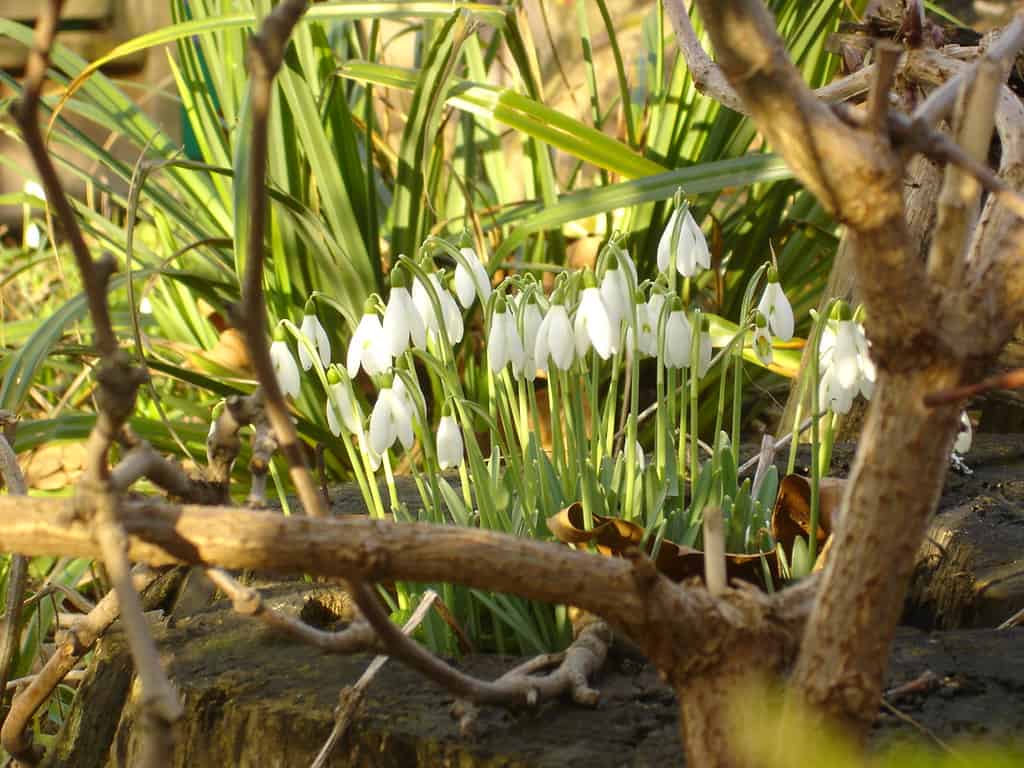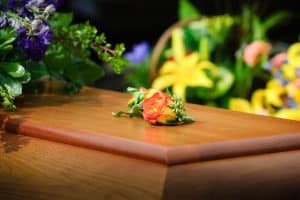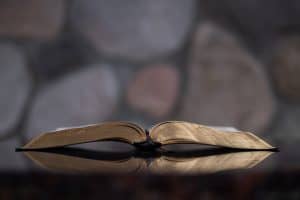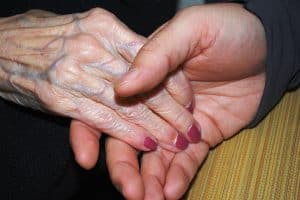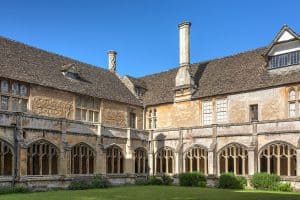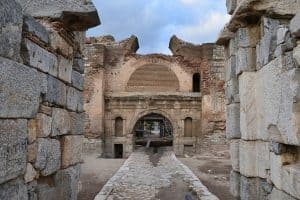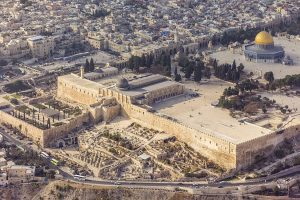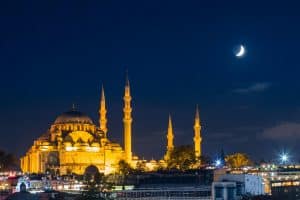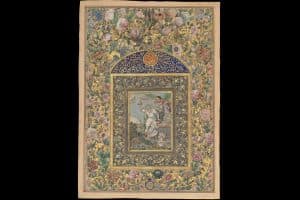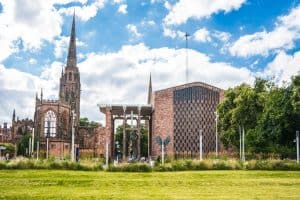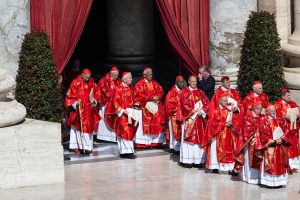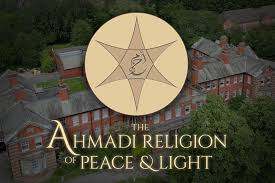By Jennifer Uzzell
The Festival of Imbolc, celebrating light and the first signs of spring, falls on Thursday 2 February 2023
The Wheel of the Year
Most Pagan traditions in Britain use the Eightfold Wheel of the Year as the basis for their calendar of festivals. They take place at intervals of about six weeks throughout the year and mark the turning of the seasons and the next is Imbolc on 1-2 February.
The other festivals are:
Spring Equinox, or Eostre, 21 March
Beltane, 1-2 May
Summer Solstice, or Litha, 21 June
Lughnasadh, or Lammas, 1-2 August
Autumn Equinox, or Mabon, 2 September
Samhain, 31 October-2 November
Winter Solstice, or Yule, 21 December
These festivals are celebrated by most Pagan traditions in Britain although some, such as Druids, may use different names for them, and Heathens (followers of ancient Nordic or Saxon religions) have a different set of festivals.
Of the festivals, four — the solstices and equinoxes — are linked to the movement of the Sun, and seem to have been particularly important to the builders of Neolithic monuments such as Stonehenge. The remaining four are sometimes called fire festivals — fire being an important part of the celebrations — and are linked closely to the agricultural year. The origins of the fire festivals lie within the ancient Celtic traditions and much of what we now know and celebrate of them is best attested in Ireland.
The Wheel of the Year as now practised is a modern idea, having been devised by Gerald Gardner, who was responsible for founding, or at least popularising the Pagan tradition of Wicca, and his friend Ross Nichols who founded the Order of Bards, Ovates and Druids. While all festivals in the Wheel of the Year are genuinely ancient, there does not seem to have been a single time or place in history in which they were all celebrated together.
However, it is a system that works well in the modern world, because it does not put too much emphasis on a single time of year, allows for regular celebrations, and permits modern Pagans to become connected with the changing faces of the natural world during the year.
Imbolc
The first festival of the calendar year is Imbolc (pronounced Im-molk), which takes place at the beginning of February. Like Candlemas, its counterpart in the Christian calendar, it is a festival of light, which celebrates the first stirrings of spring after the long dark winter. Not surprisingly, in Britain Imbolc is often associated with snowdrops and these are often used in ceremonies to celebrate it.
The name Imbolc is usually taken to mean “in the womb” and this is often taken to link it to the time when ewes become pregnant. It may also be related to Gaelic words for both “milk” and “purify”. One possible translation of “lamb’s milk” would also link it to pastoral events at this time of year.
For many modern Pagans it is a time of purification and sweeping away of the old in preparation for the coming year. Many of the celebrations and practices at this time of the year are linked to the saint and goddess Brigid.
Brigid
The Goddess Brigid is a particular focus of worship and celebration at Imbolc. Brigid (or Brigit, Bride, etc) is a goddess who is best attested in Ireland, but whom some scholars believe to have been worshipped across the pre-Christian Celtic world. Her name means ‘”bright”, “high” or “exalted” and so is easily linked to the brightness of the early spring.
Brigid is mentioned in the Irish sources as a triple goddess — often linked to the iconography of a triple flame — and is associated with metalwork, poetry, and healing, among other things. “The fire in the head, the fire in the forge and the fire in the hearth” are all associated with Brigid and so it is common to celebrate bardic skills such as poetry at this time.
The date of the Pagan festival of Imbolc coincides with the feast day of St Brigid, who is, after Patrick, the best-known and celebrated Irish saint. It is possible, although not certain, that St Brigid is a Christianised form of the earlier Celtic goddess, and she certainly seems to share many of her attributes and functions.
St Brigid is also closely associated with brewing beer, and this quality is now also widely ascribed to the Goddess Brigid by modern Pagans. The shrine of Brigid in Kildare in Ireland is home to a perpetual flame, and a similar tradition exists within Paganism where individuals undertake to keep a flame burning for a day and night in rotation so that there is always a devotional flame dedicated to Brigid.
She was said to be the daughter of a Druid who converted to Christianity and Kildare means “the cell of the oak”, oaks being associated with Druids giving another possible link back to the pre-Christian goddess
St Brigid was closely associated with the celebration of Imbolc in Medieval Christian Ireland and although most of these practices had died out by the beginning of the 20th century, many are now being revived by both Christians and Pagans. In fact, the figure of Brigid, spanning as she does, both Pagan and Christian worlds, is providing a point of contact and unity in the modern world.
Today, common traditions associated with Imbolc that many Pagans embrace include the weaving of Brigid’s crosses from reeds, which are hung on doorways and hearths to bring protection and blessing.
Another common practice is to make a “Bridey”, or small doll, to represent Brigid. In Ireland, this would have been traditionally carried from house to house to receive food and drink and small coins in return for blessings for the year. In modern Pagan homes it is often placed in a bed, often in the hearth, over the night of 1-2 February in hope that the goddess will visit the house and be at home there.
A brat (a small piece of cloth, often green, as Brigid is often shown with a green mantle) may be hung outside overnight in the hope that Brigid will bless it. The cloth is then used to wrap around anyone who is unwell during the year to bring healing. Some believe that the power of the cloth will increase every year it is hung out, to a maximum of seven years.
While all these customs are attested in Ireland, at least into the 19th century, and associated with St Brigid, they are being enthusiastically embraced by modern Pagans across Britain.
Public celebrations of Imbolc
Imbolc often tends to be more of a private family celebration for many Pagans, not least because of the weather at this time of year. However, there are several public events around the country, and in keeping with Brigid’s role as a patron of poets, these often take the form of music and poetry festivals, such as the one at Butser Ancient Farm, a reconstructed Iron Age village in Hampshire, and the Winter Warmer Gathering at Chaucer Farm in Norfolk. Also in Norfolk is the Imbolc Fire Festival, held alternate years in Marsden. The next will be in 2024.
These celebrations may include storytelling, music, poetry and bonfires or fireworks as well as processions. The making of Brigit’s crosses is often included in the activities, particularly for children.
Contacts
Professor Graham Harvey, department of religious studies, the Open University
Professor Ronald E. Hutton, department of history, Bristol University
Dr Suzanne Owen, Leeds Trinity University
Jennifer Uzzell, is a doctoral researcher at Durham University and education and youth manager for the Pagan Federation

